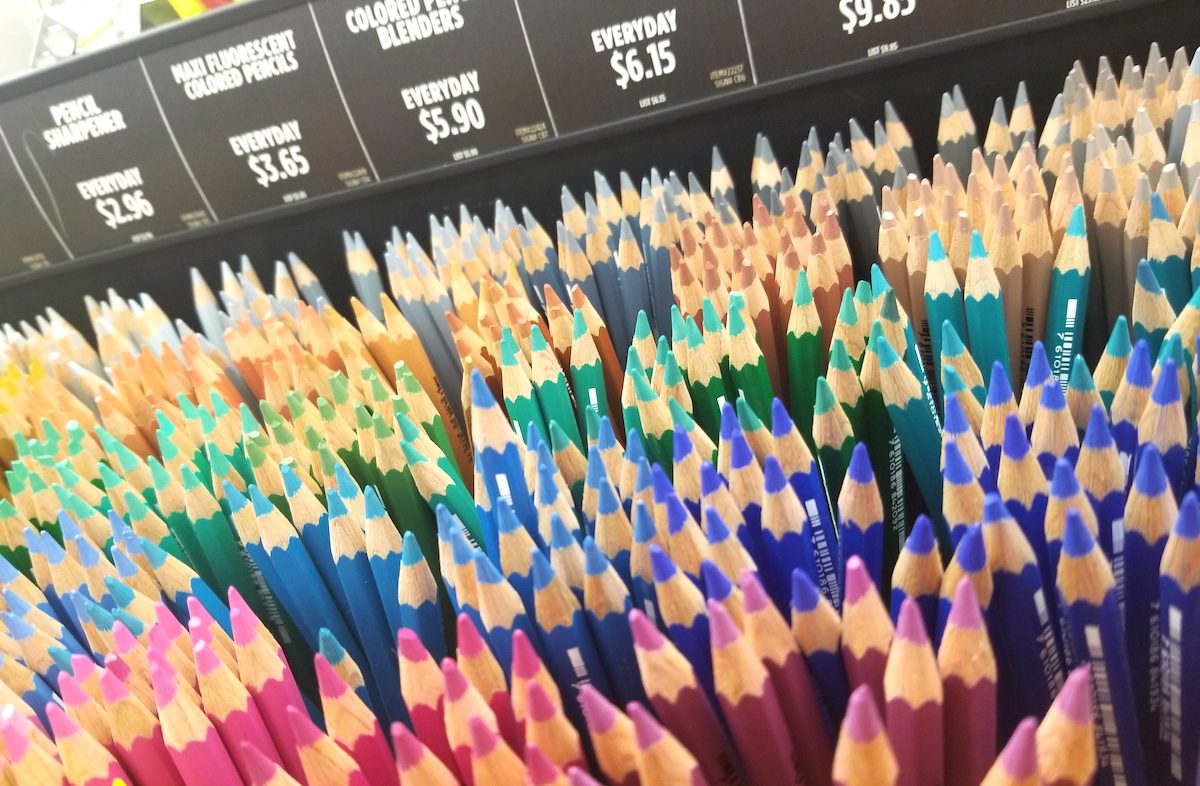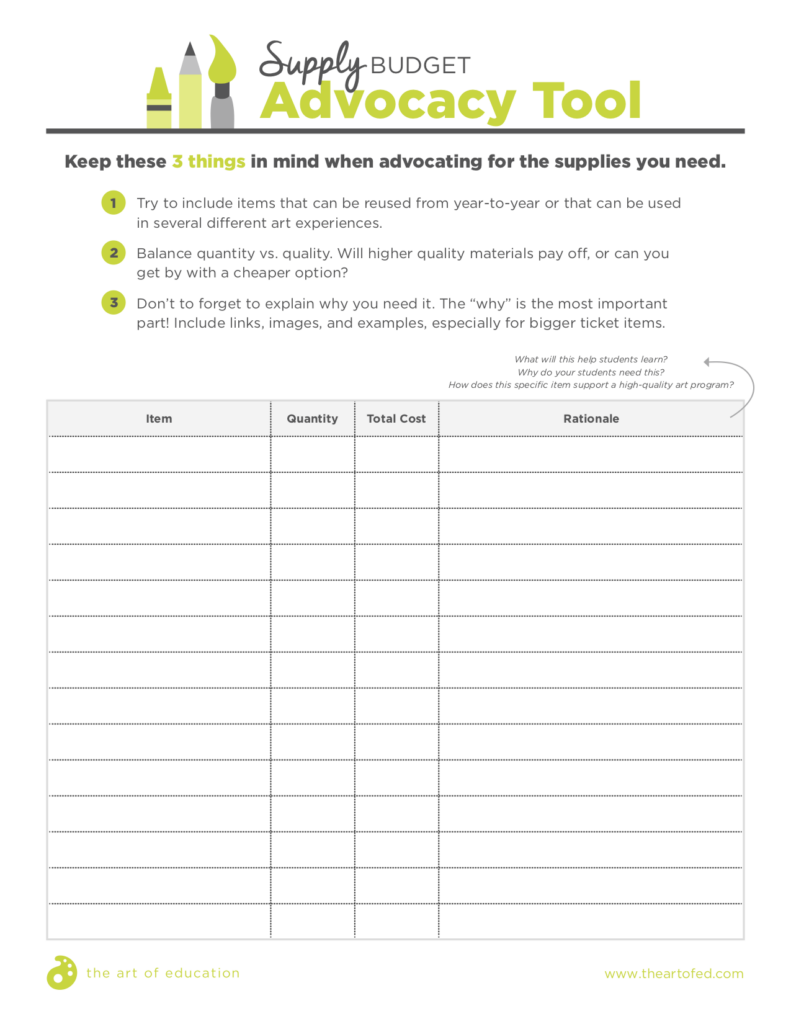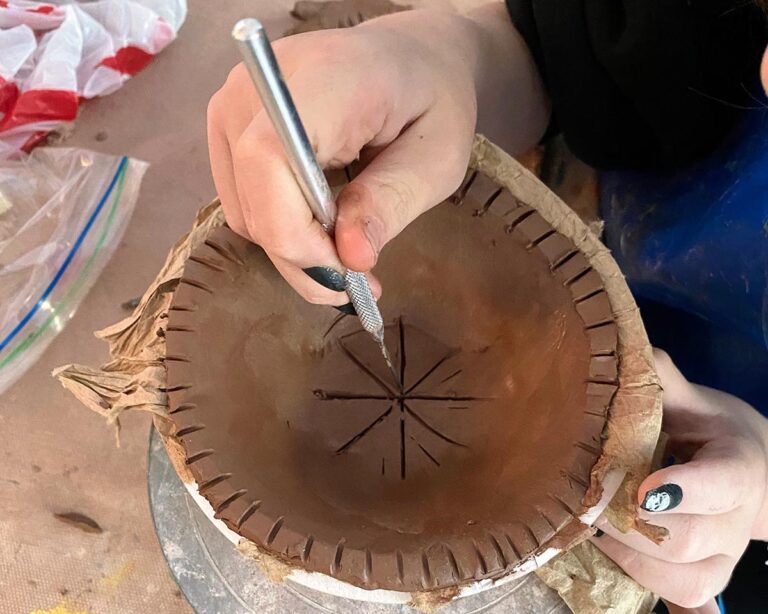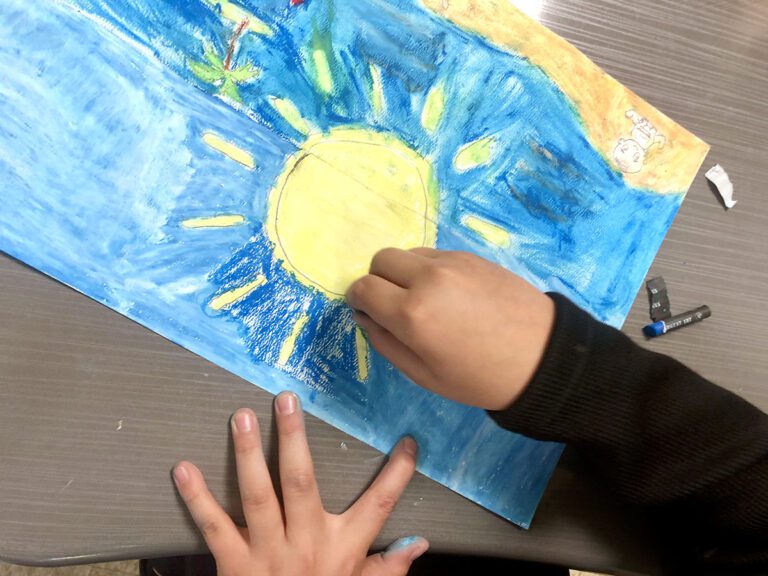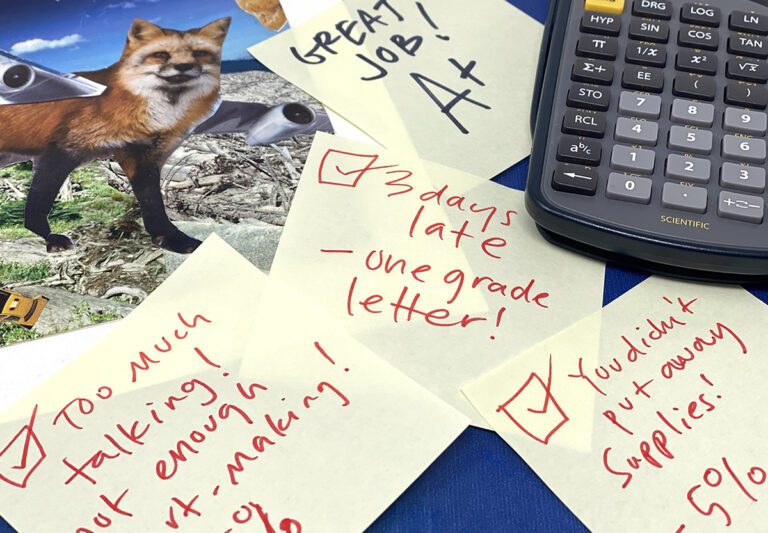No matter how you couch it, students shouldn’t have to pay money to be in your art class. Whether it’s a lab or materials fee, buying their own sketchbook, bringing their own camera, or any other obligation to enroll, it creates a barrier for students to access the arts. Sure, if your class didn’t have lab fees or other financial expectations, your students wouldn’t be able to do half the projects they do now. But having a more equitable program is more important than any project students are creating. Here are some common reservations with some truth-talking responses to why art should be free.
“How is it inequitable if everyone is paying?”
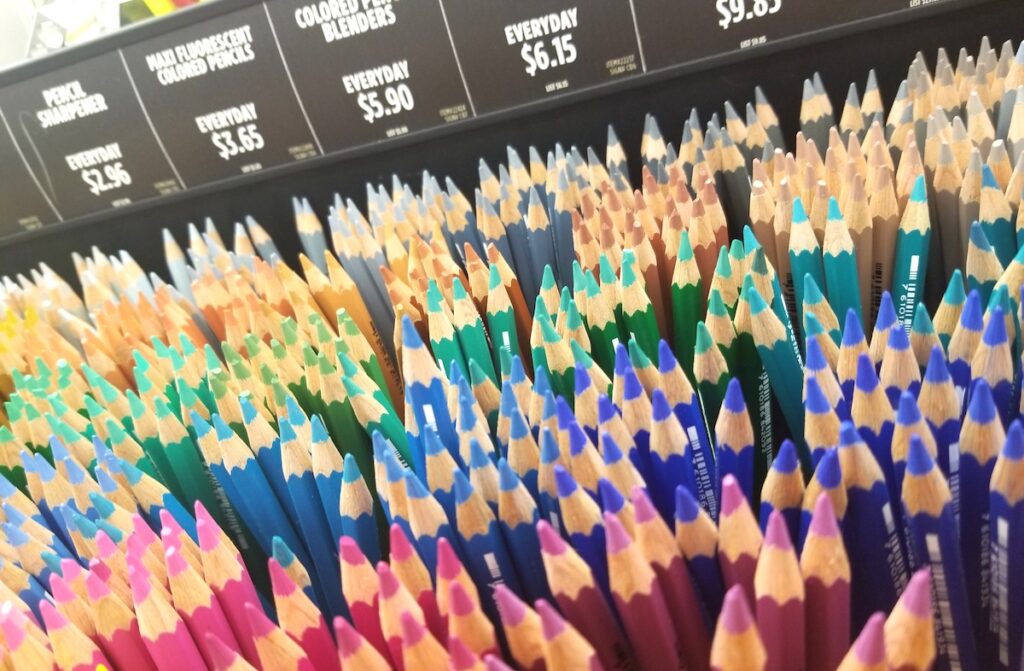
Even if you have never heard a student or family express concern with a fee, that doesn’t mean it doesn’t exist. You likely aren’t aware of conversations at home as a parent discourages their child from art because of the financial obligation. Or a counselor coaches a student away from art because they know the family is struggling. Students can also make the decision not to sign up for art to avoid asking their parents for money. Financial obligations can be preventing students from signing up for your class.
“But these students don’t have a problem paying for their cell phone or earbuds. And have you seen their new shoes?”
I know, why didn’t we have cool shoes like that when we were in school? But ultimately, you can’t place judgment on how a family spends its money outside of school. And without asking, you also don’t know who purchased those items for the student. A new iPhone could have been gifted by a relative. Let’s focus on what you can do, within your sphere of influence, to help your students and create an equitable program where financial barriers are non-existent.
“Fine, so if I can’t ask for money or materials, what am I supposed to do?”
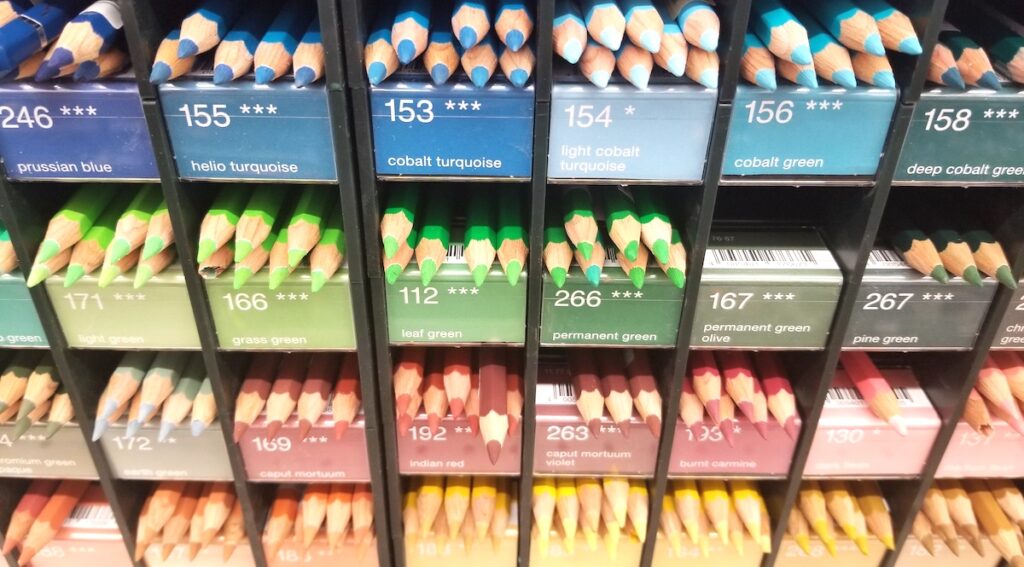
To start, work with what you have in your budget. In many cases, students pay a materials fee to compensate for the usage of materials used for certain projects or assignments that would not otherwise be affordable with your budget. And while that’s well-intentioned, it doesn’t help those students with financial struggles. So if your budget doesn’t allow for it, then you’re unintentionally expecting the students to help your class live beyond your means. So design projects that your budget and current materials allow. Plan accordingly and develop resourceful solutions to still accomplish your goal. For example, if you liked sketchbooks, have students make their own. Or reduce costs in other areas by reusing old materials like magazines for paint palettes. In some cases, you might just have to resolve yourself to letting go of certain projects.
“Wait, what about field trips? Don’t tell me we can’t go to the art museum anymore.”
Sorry, but financial expectations and burdens also extend to field trips. It’s common practice for a teacher to organize a trip and then expect the students to pay for it. While students might not be directly penalized if they don’t attend, they typically have to do a makeup assignment that is more extensive and less meaningful. These assignments have been used to intentionally deter students from staying behind. You don’t really know the financial situation of your students. You might know who qualifies as low-income, but you don’t know who missed that cut-off by $5. You might not know whose parents just lost their job. And if you work in a wealthier district, you don’t know who are just scraping by to afford that district to access the schools. Continue to provide opportunities that are only possible if everyone can attend. Provide students and families with the suggested cost per student and ask for families to pay what they can. If you get enough to go, then you can go.
“It’s not fair, sports gets more money than art”
Inequitable funding within a school or district is a problem, but your fight is with the school and not your students. Expecting your students to resolve this conflict by ponying up their own money isn’t a fair solution. Start collecting data and developing a plan to meet with your administration and request a budget increase. Use the budget planning sheet to show you’re being thorough and organized in your planning and budgeting requests.
“But I’ve met with Administration and they won’t increase my budget.”

That’s frustrating, but all hope is not lost. Sometimes administrators need to see additional efforts sustained over a period of time to demonstrate the validity of the request. So before you can go back to them and ask again (maybe in a few months), think about how else you can get the funds.
- Look for grants
- Reach out to parent groups
- Set up a donations website
- Do an art-sale fundraiser
The goal is to show your administration that your serious about the needs and this was not just an impulsive request. (Trust me, administrators get a lot of impulsive requests). During this time, you also want to make sure you’re showing proper care and usage for materials in your classroom. If your classroom appears overly messy or the materials disorganized, it can send the wrong message to your administration.
Watch Running the Art Room on a Minimal Budget PRO Learning Pack to learn more.
If the administration is still reluctant after multiple attempts, try partnering with them to develop new ideas. For example, your school might be charging a general materials fee to all students in the school registration process. Request they increase that amount by $5 and give you a percentage of that budget.
“Okay, but how is that different?”
In this model, the materials fee isn’t being associated with an art course. So a student isn’t having to choose between art and money. Low-income students are also typically waived from these types of fees, so it doesn’t impact them.
Overall, the school has to pay for the type of art program and the experience they want to provide for students. For some schools, this isn’t an issue. But for the many of us, it can take time and planning to build a more appropriate budget over several years. Continue to educate your administrations on the cost of supplies and share the potential learning experiences with the appropriate financial support. Show your commitment by seeking out additional revenue streams like fundraisers and grants. But whatever you do, keep the kids out of it.
What are other creative ways to fundraise for your students?
What tips and tricks can help teachers be more resourceful with their budget?
Magazine articles and podcasts are opinions of professional education contributors and do not necessarily represent the position of the Art of Education University (AOEU) or its academic offerings. Contributors use terms in the way they are most often talked about in the scope of their educational experiences.
